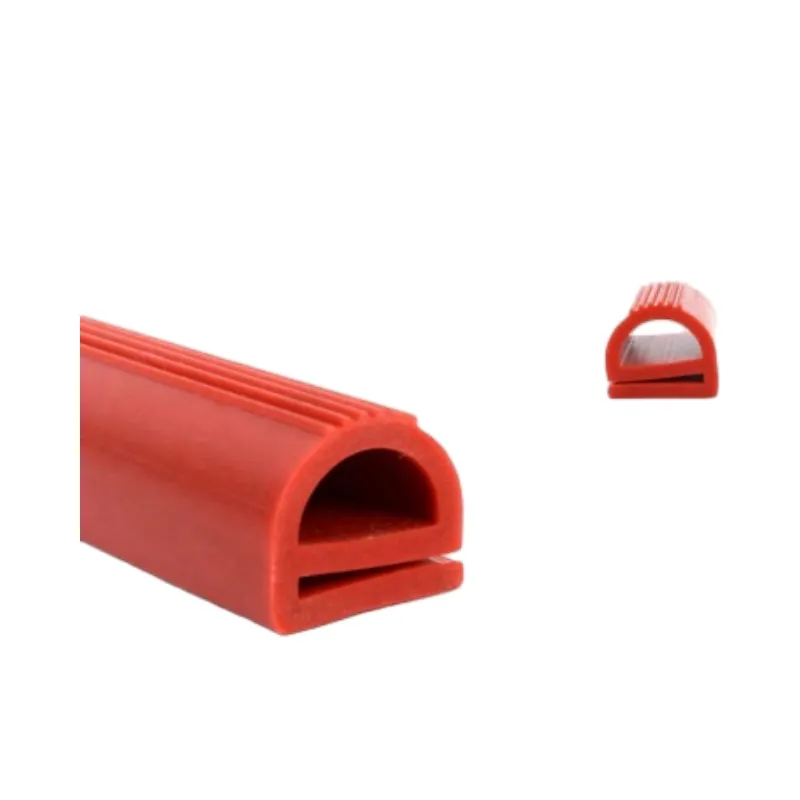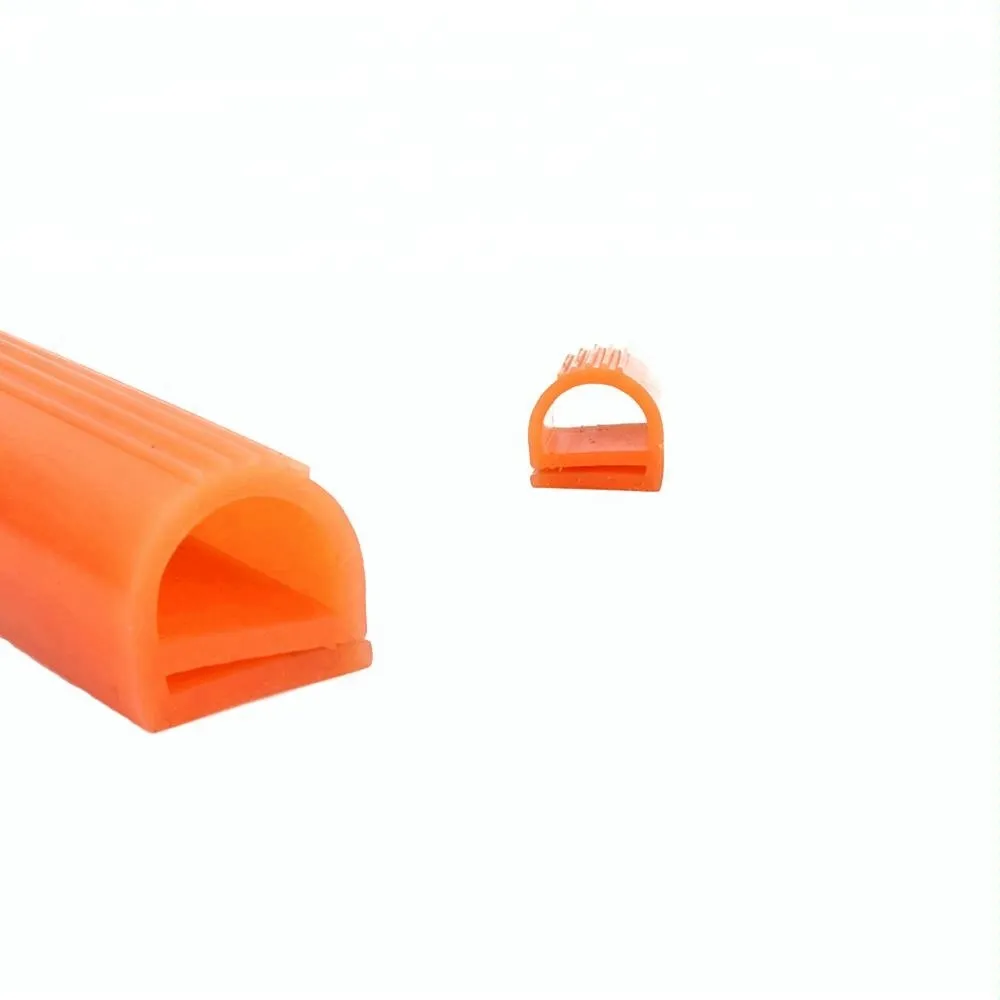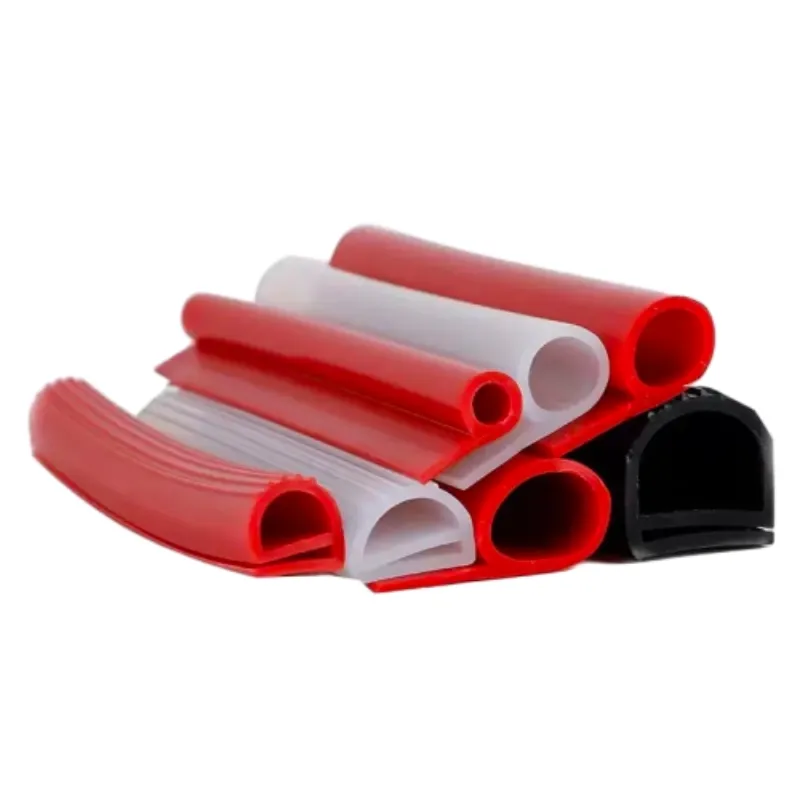Material Science Behind Modern Oven Door Seals
The evolution of seal for oven door technology centers on silicone polymer advancements. Studies published in Polymer Engineering and Science demonstrate that vinyl-enhanced silicones maintain flexibility at temperatures down to -70°C while resisting degradation up to 300°C in intermittent exposure scenarios.
Modern manufacturing leverages peroxide cure systems and advanced reinforcing fillers to optimize key parameters as established in ISO 1998 elastomer testing:
Thermal Performance Standards
Energy efficiency improvements represent a critical industry focus. According to DOE Appliance Standards Rulemaking documents, replacing degraded cooker door seal components can reduce energy consumption by 17-23% in domestic ovens and up to 31% in commercial units. Testing protocols from UL 858 validate these performance claims through standardized thermal retention measurements.
Customization Solutions
The OEM capability profile includes:
The production of custom-designed door gasket oven solutions follows a rigorous development protocol:
Advanced materials like fluorosilicone (FVMQ) compounds rated to 315°C are emerging in industrial sectors. As documented in Applied Materials Today, these innovations promise to extend replacement intervals beyond commercial standards.
The Replacement Imperative
Routine inspection of oven seals remains the most effective preventative maintenance strategy. Industry data from Commercial Kitchen Maintenance Quarterly identifies these primary failure indicators requiring replacement:
The oven seals replacement process requires attention to critical preparation steps outlined in manufacturer technical documentation:
Industry Applications Beyond Residential
The technical specifications of high-performance seal for oven systems extend their utility to specialized applications:
Standards compliance certifications including NSF/ANSI 51 food safety certification remain essential documentation for industrial oven applications as regulated by local health departments.





